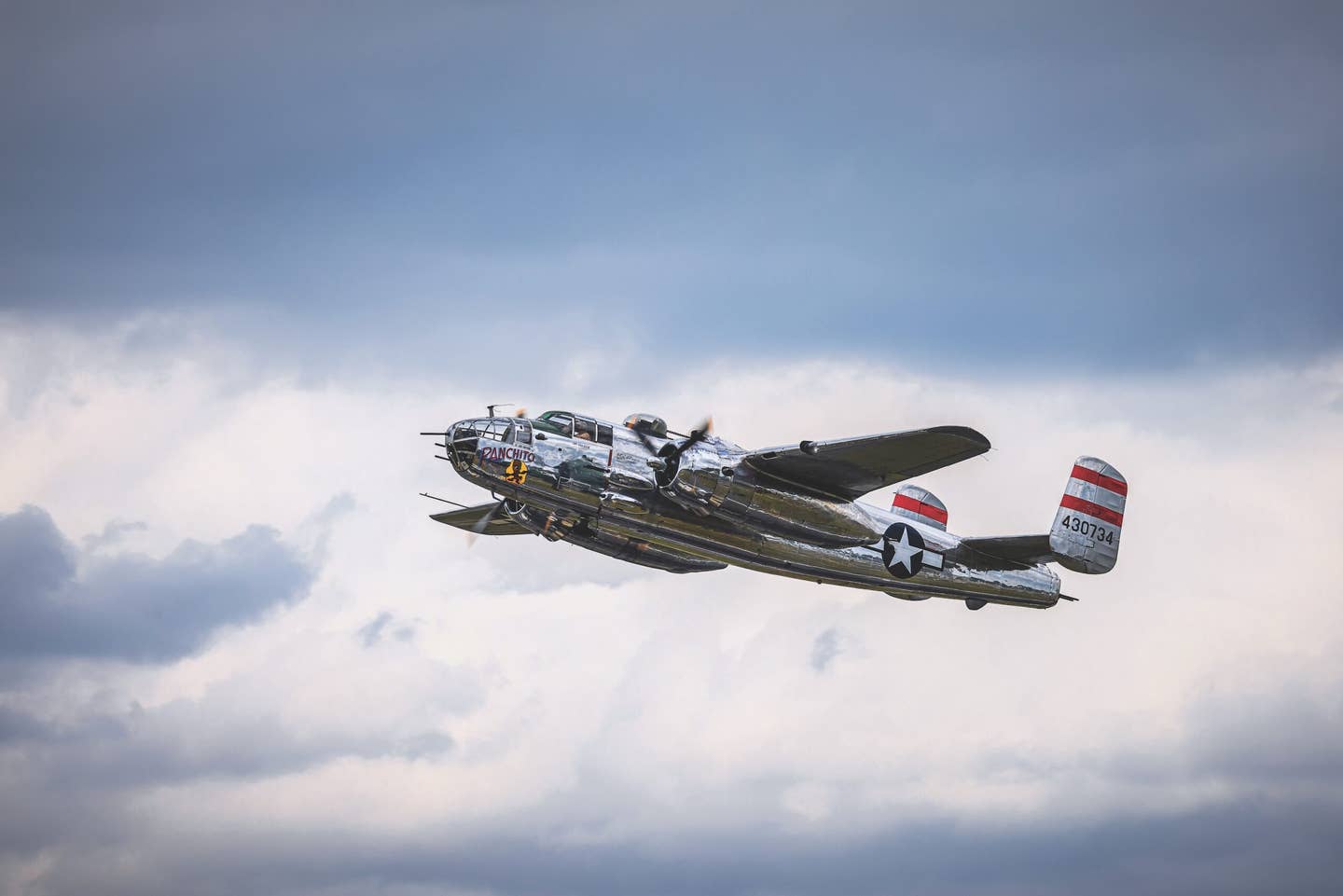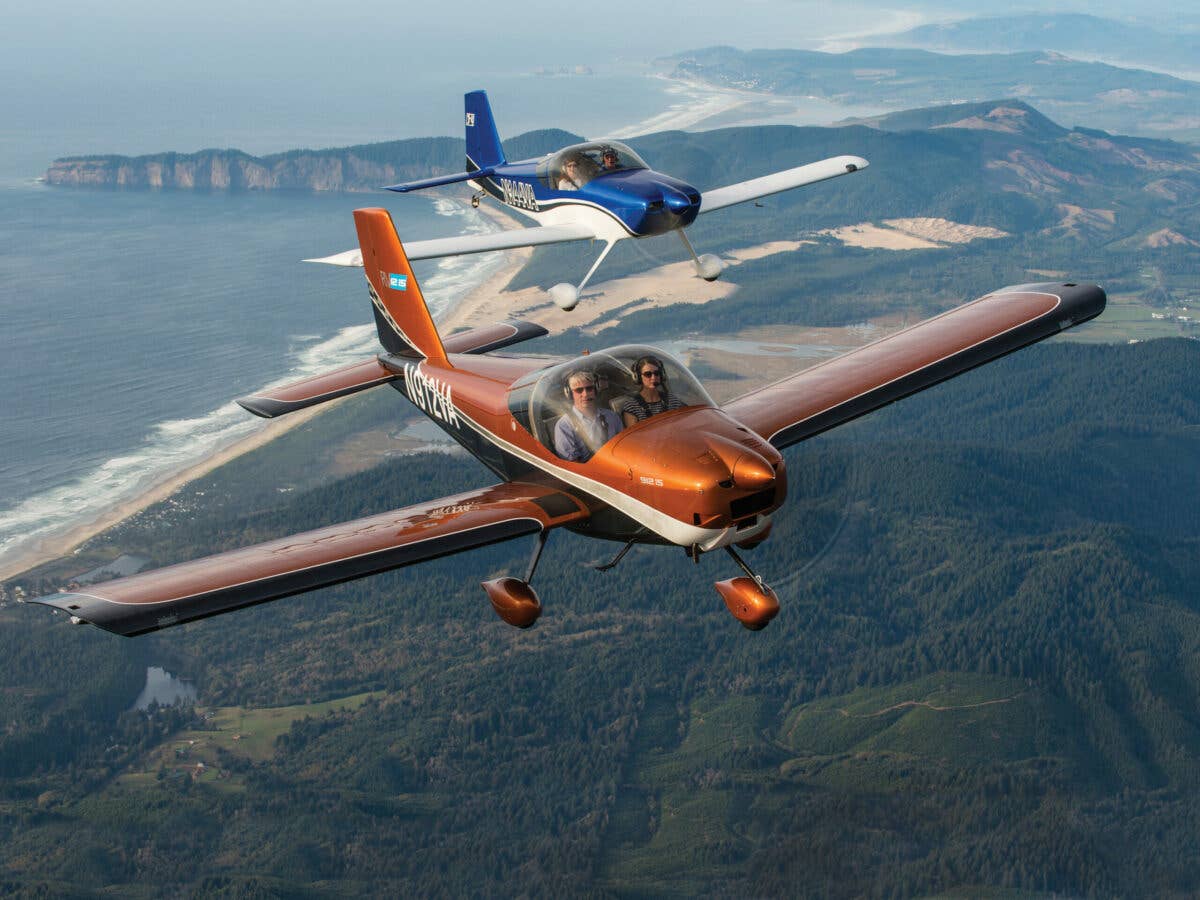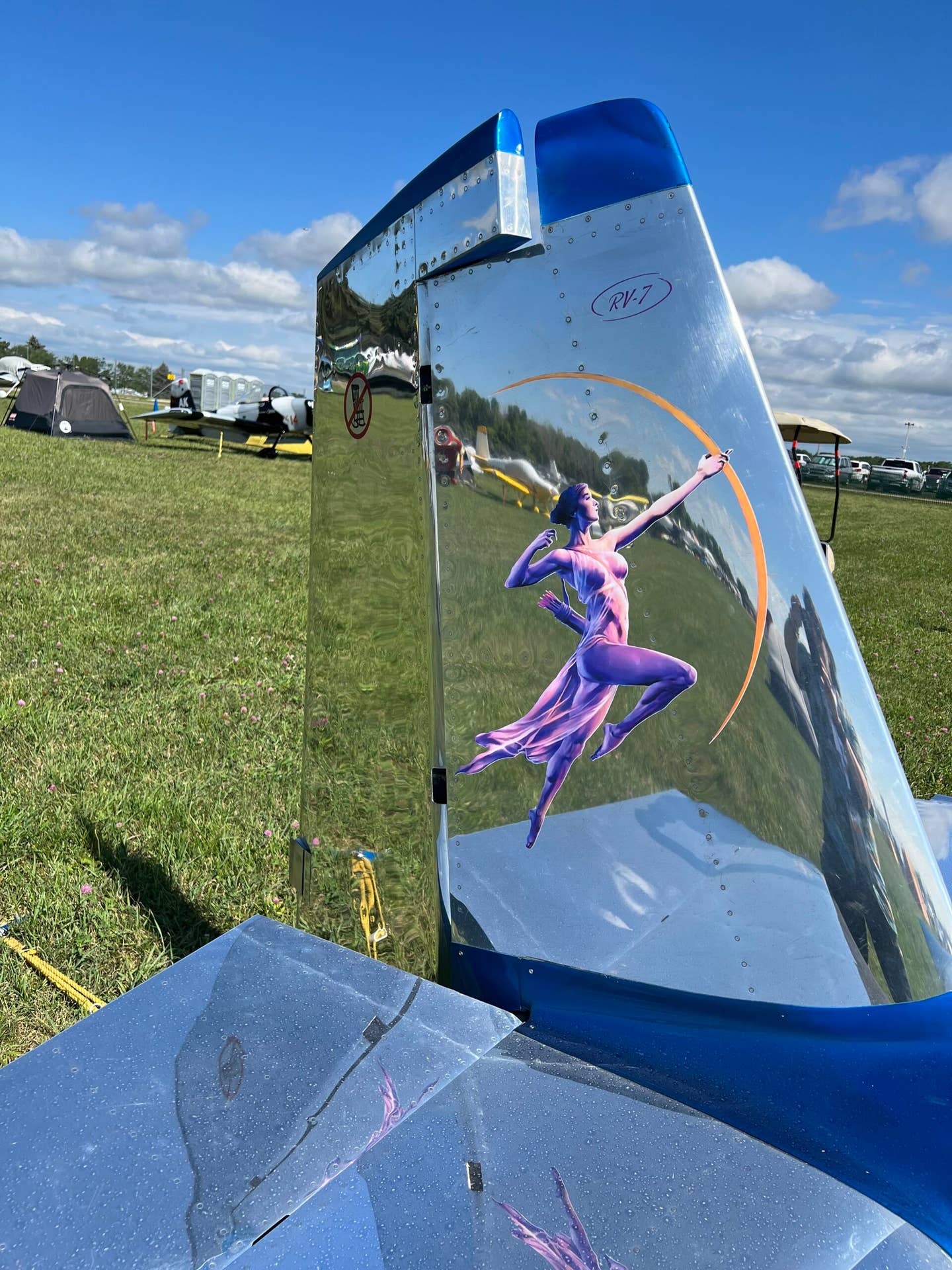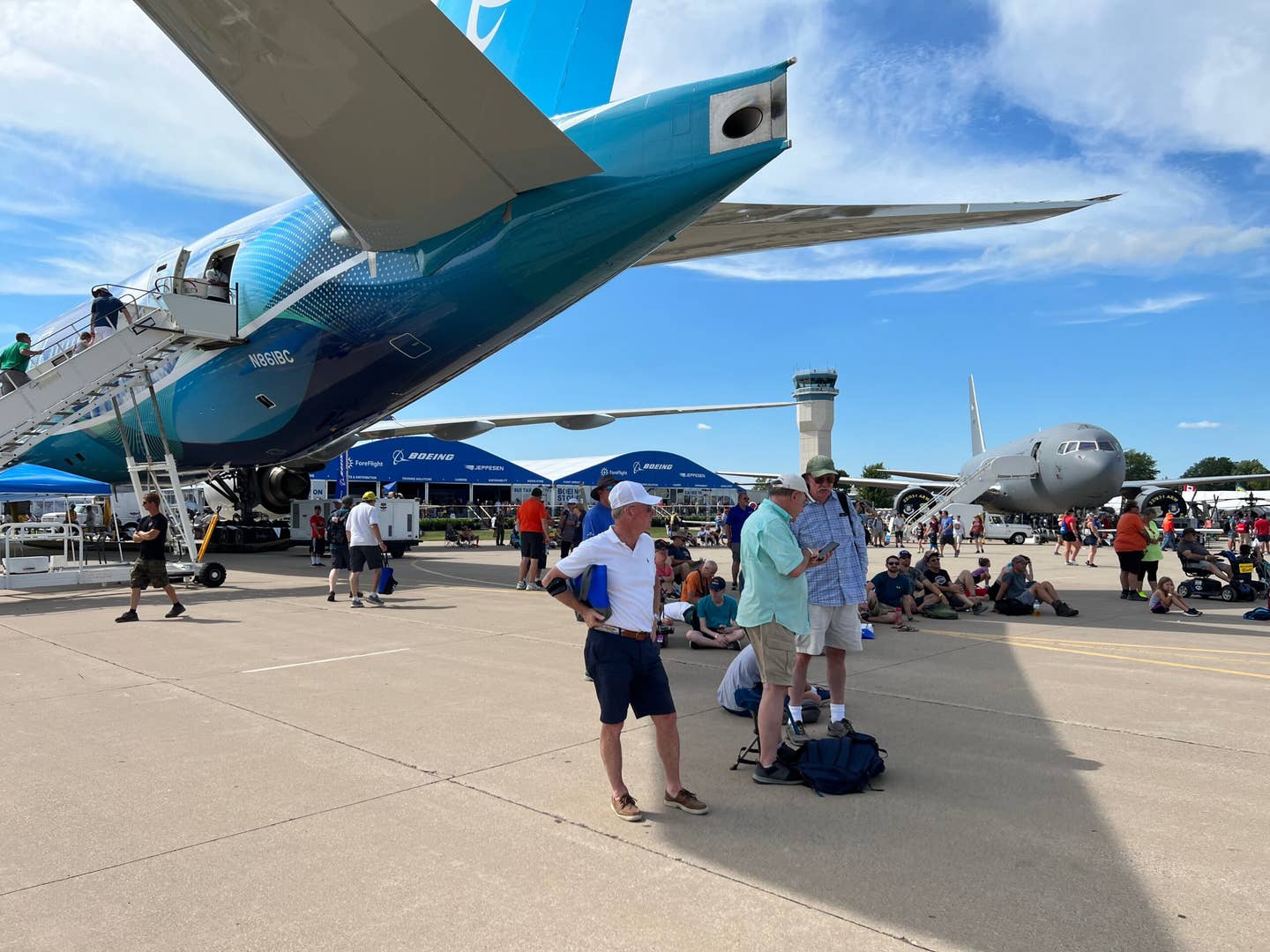
America's best-selling airplane, the Cessna 172, holds a storied history and a bright future.
FLYING StaffAuthor
The World's Most Widely Read Aviation Magazine|🛩 🚁 ✈️ 🚀
Related Stories

Sign-up for newsletters & special offers!
Get the latest FLYING stories & special offers delivered directly to your inbox






